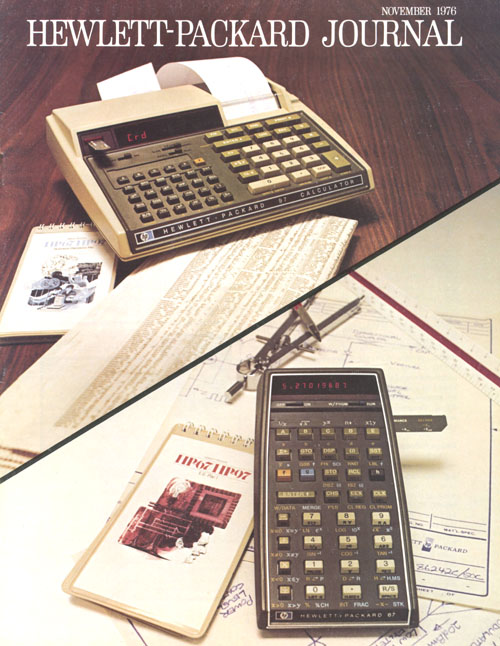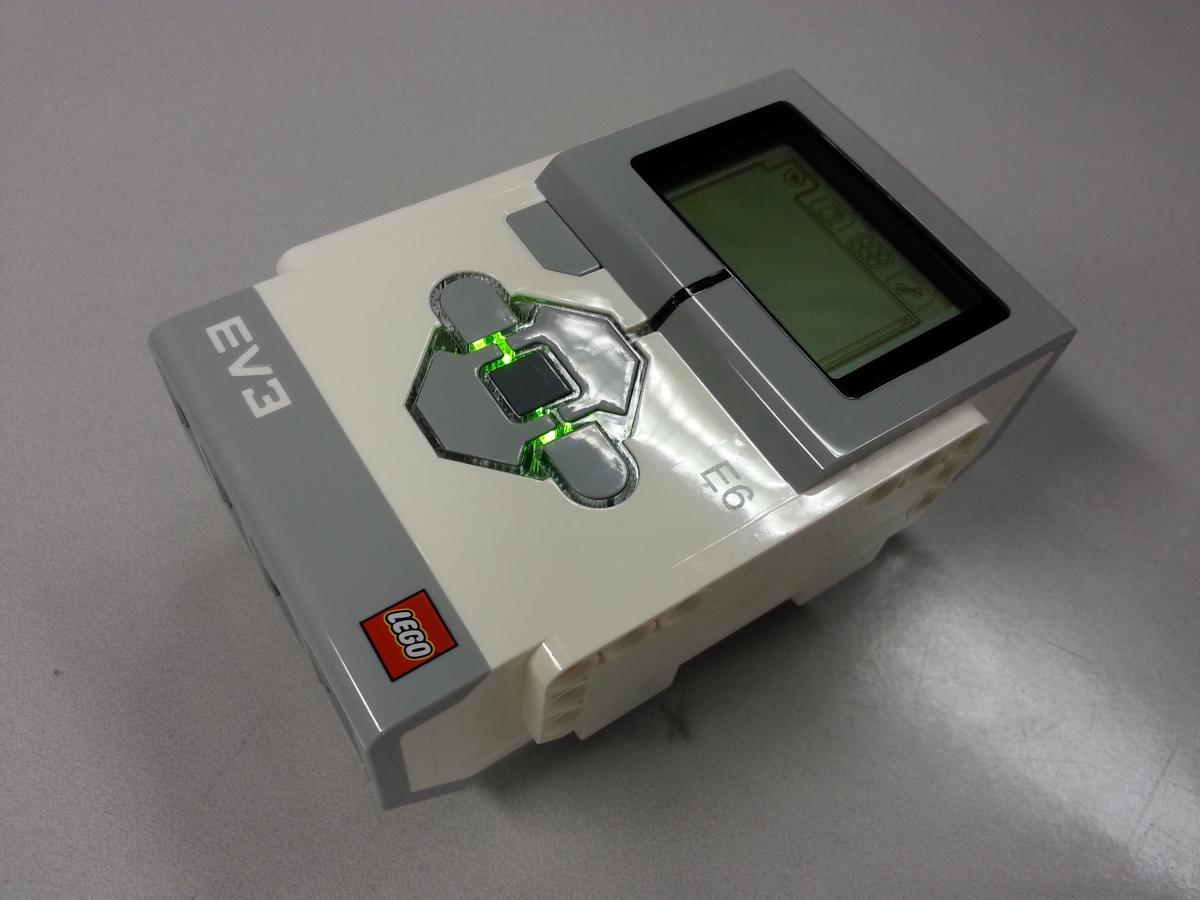Let’s talk about the HP-67 and HP-97 programmable calculators.
Introduced in 1976, both those models hold a place of pride in my collection of vintage computation devices, which consists of a tremendous number of older Hewlett-Packard and Texas Instruments calculators, as well as dozens of slide rules going back to the late 1800s.
The four-function pocket calculator was the feature phone of its era. Arriving in the early 1970s, they swiftly replaced adding machines. The HP-35 calculator (1972), with its trig, log and exponential functions, singlehandedly killed the slide rule industry.
Programmable calculators with persistent removable storage—specifically Hewlett-Packard’s HP-65 (1974) and Texas Instruments’ SR-52 (1975)—were the equivalent of the first smartphones. Why? Because you could store and load programs on little magnetic cards. You could buy prewritten packs of programs on those cards from HP and TI. There were user groups where calculator programmers could publish and share programs. And there were a few commercial developers who sold programs on cards as well.
Some of my earliest published programs were written for HP and TI calculators in the mid-1970s. A foundational part of my own history as a computer scientist was learning how to do some pretty sophisticated work with only a few hundred bytes of addressable memory. Not megabyes. Not kilobytes. Bytes.
In modern terms, we would call calculator programs distributed on mag cards “apps.” The HP-65 Users’ Library and the TI PPX-52 (Personal Program Exchange) were among the first app stores.
This brings me to the HP-67 and HP-97, which were introduced simultaneously at prices of US$450 and $750, respectively. They were essentially the same device, except that the HP-67 was a 0.7-pound pocket calculator and the HP-97 was a 2.5-pound battery-powered desktop model with a built-in thermal printer.
“Calculator” is probably the wrong word for these devices. They were portable computers—in fact, they were truly personal computers, albeit with a custom microprocessor, one-line numeric display and only 224 bytes of programmable memory.
Although the form factor and key placement were different (and the HP-97 had the printer), both used the same programming language. Both models had a mag-card reader, and a program written on one could be used on the other without modification. This was unique.

In modern terms, the HP-67 and HP-97 were like handhelds and tablets sharing the same apps, like the iPhone and iPad, or Android phones and tablets.
No matter how far we’ve come, we’ve been here before.
Alan Zeichick is editorial director of SD Times. Read his blog at ztrek.blogspot.com.






